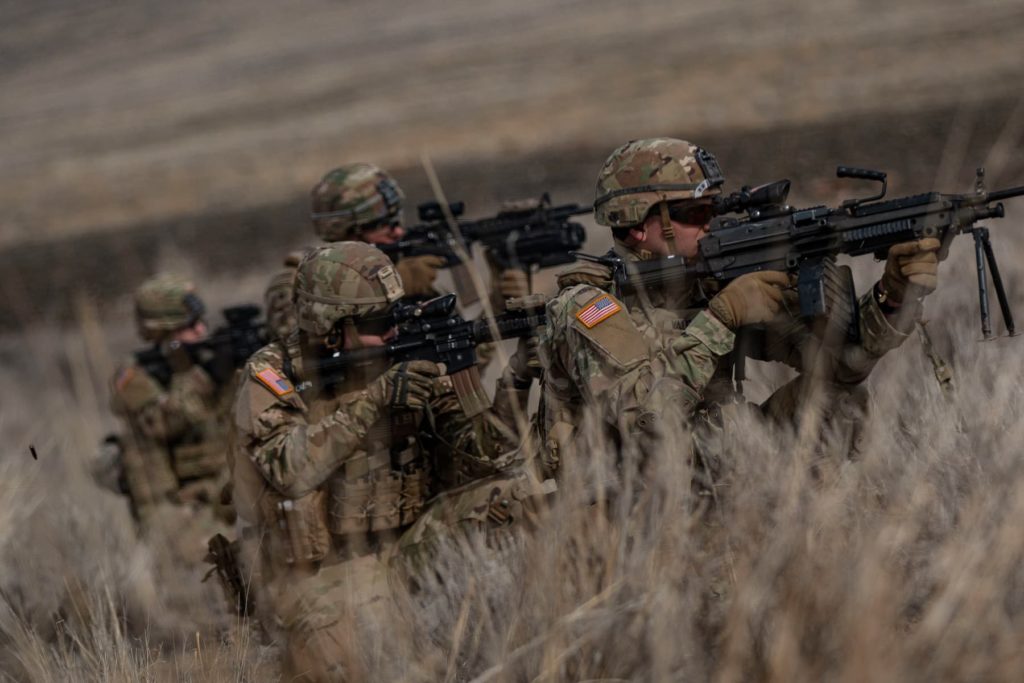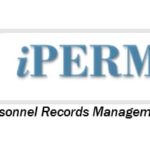Whether you are a veteran or a newbie to the service, there are several things you should know about the Enlisted Record Brief. It’s a military term that can be used to explain a variety of things, but one of its most important functions is to record a Soldier’s professional achievements.
The DA Form 2-1 Enlisted Records Brief is a multi-part document that contains information about a Soldier’s current assignment, personal qualifications, and weapons qualifications. The DA Form 2-1 Enlisted Records brief is updated annually as part of the personnel records review process. The document also includes a series of checkable fields. If the information contained in the DA Form 2-1 is inaccurate, it could cost the Soldier a board penalty.
The Record Brief is one of the more important documents to manage in the OMPF. It is a vital part of the Army’s Integrated Personnel and Pay System. It is a “road map” to the rest of the papers that are relevant to a Soldier’s career. The document is a good source of information to help ensure that a Soldier is paid and promoted correctly. It is also a useful document to show a prospective employer.
The Enlisted Record Brief is a complex document, but it’s also a relatively simple document to create. You can do it on your own by using an online document builder. The online service lets you add new fillable fields, change the order of the pages, and even import your own documents from other services. You can also export a modified document and share it with your peers. The US Army Human Resources Command website has a “Documents” tab where you can access a variety of documents, including the Record Brief.
How do I get my enlisted record brief?

Getting your Enlisted Record Brief may sound like an exercise in futility, but it’s actually a pretty easy process. You can upload your DD214 PDF to Purepost or the Department of Defense Self-Service, and it can take up to three days for the document to be processed. Once you get it, you can then print, share, or download it.
The Integrated Personnel and Pay System-Army (IPPS-A) will eventually replace the Officer and Enlisted Record Briefs, and the new report will be a one-stop shop for your personnel information. All Army components will use this multi-component report for the selection board process, and will be an important tool in the IPPS-A arsenal.
The best place to find this information is in a database. You’ll need a login to access DS logon, which can be obtained by clicking on the “Access US Army Human Resources Command” tab at the top of the page. Alternatively, you can log in to your Department of Defense Self-Service account to view your documents.
The DA Form 2-1 Enlisted Records Brief is a must-do. It must be completed and updated annually. It’s a good idea to check it out before you dispatch. It contains useful information about your current assignment and other related items, such as weapons qualifications. It can contain interesting and useless data, but the DA Form 2-1 is not something you’d want to skip.
The NSIPS Electronic Service Record is not only considered by your commander but also by other decision-makers. It’s important to accurately represent your career history, and it’s a good idea to have your enlisted records available to other service members with E5 or higher.
How do you read an Army enlisted record brief?
Whether you’re a military service member or civilian, you may have questions about how to read an Army enlisted record brief. It’s important to understand how this document works so you can ensure accurate records and get promoted on time. Besides defining your job, the enlisted record brief also outlines your personal and professional background.
The enlisted record brief is an important tool for personnel officers. It is a data form that represents a soldier on paper and contains personal information, qualification skills, training history, and weapons qualifications. It also serves as a “road map” for other papers. This is a vital component of the Army Human Resources department.
The Enlisted Record Brief is divided into ten sections. Each section includes a service date, a statement period, entitlements, and more. For example, a statement period is a period during which a person has a specific entitlement, such as a bonus. A service date is the date of a particular person’s entry into service. It is written in YYMMDD format.
In addition to the date, the enlisted record brief includes the enlisted man’s branch of service and rank. This helps to determine the soldier’s assignment.
There are several forms of enlisted records, including the Army Personnel Qualification Record (APQR), Regular Army Enlistment Papers, 1798-1894, and the Officer and Enlisted Records Brief (OREB). These documents contain the name, station, and age of a soldier. These documents are compiled by the National Archives. The files are arranged alphabetically by the name of the soldier.
The officer and enlisted record brief is the most essential record. The document contains a list of promotions, service dates, and other information. It is updated as the soldier undergoes training.
What does ERB mean in the military?

Whether you are an Army officer or a member of the Army Reserve, you are required to update your Enlisted Record Brief annually. It’s important to ensure that your records are accurate and complete so that you can be promoted on time and marketable for developmental assignments.
An Enlisted Record Brief is a three-part document that summarizes a Soldier’s performance history, personal decorations information, and weapons qualifications. It also provides an indication of a Soldier’s assignment and professional background. It is one of the most valuable documents in the OMPF.
Besides serving as an informational document, an Enlisted Record Brief is a vital administrative tool. As part of the Integrated Personnel and Pay System-Army, it is designed to be a single document for all. It will eventually be used to manage Soldier pay and evaluations.
A DA Form 2-1 Enlisted Records Brief must be updated annually. This document includes a Soldier’s current assignment, personal and family information, education, and training information. It also contains discrepancies that should be corrected.
When updating an Enlisted Record Brief, Soldiers must validate the information. They can do this in Army Knowledge Online or by contacting their retention NCO or branch manager. A failure to validate an Enlisted Record Brief can result in a penalty on the board.
Once an ARB is updated, the transaction information is inputted into the PSB/MPD/BCT level. The transactions are then updated at the unit level.
An ARB must be validated within sixty days of corrections. After corrections are made, the Soldier must obtain certification from the HR professional that the changes were completed correctly.
Incorrect or outdated information will be corrected at the unit level. Overdue reviews will be prioritized in conjunction with pay and personnel discrepancies.
How do I access iPERMS after ETS?
Getting your hands on the iPERMS is easy as a pie, especially with the release of the shiny new iPERMS-S (short for Intelligent Personnel Eligibility Record System) in late 2017. This iPEMS is the Army’s go-to repository for official Soldier and civilian data. It’s the ideal place to store the trove of information that keeps Soldiers and civilians alike up to date on the latest policy changes, personnel actions, and military training and readiness requirements. It’s also the best place to find out which Soldiers have been awarded for their exemplary service.
To keep things organized, it’s a good idea to group related documents into folders. For example, consider uploading classified AMHRR documents to iPERMS-S or iPERMS-S-S to ensure they aren’t mistaken for non-existent entries. The iPERMS-S has a well-designed user interface that makes it easy to browse through documents and files in the right order. You can also reorder the contents of any folder to suit your organizational needs. The best way to do this is to set up a document folder template. If you don’t have a template, you’ll have to create one yourself.
The AMHRR’s required documents list is also worth a glance. This list, which lists the titles of the files that you must upload, is a helpful tidbit. You can also download a copy of the list to save to your desktop or laptop. You can view it via the Self-Service portal or download the PDF using a favorite photo editor. This is a great way to save time and effort on the big day. The biggest downside is that there’s no one-click upload of iPERMS-S files, so you will have to make sure you have the appropriate password for each file you upload.

